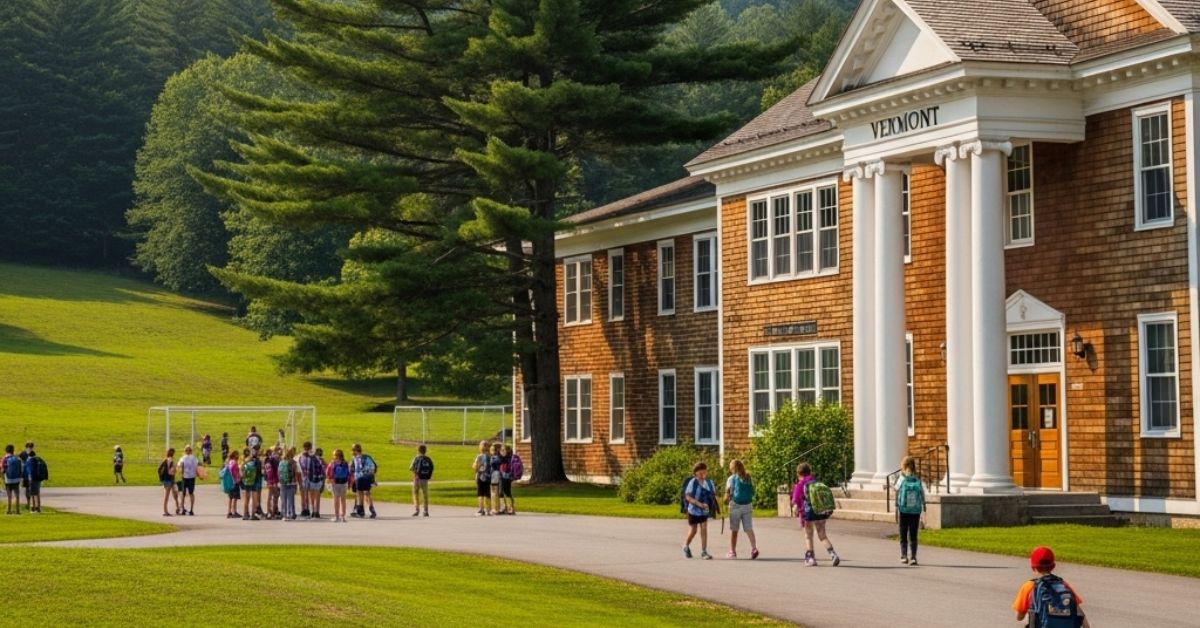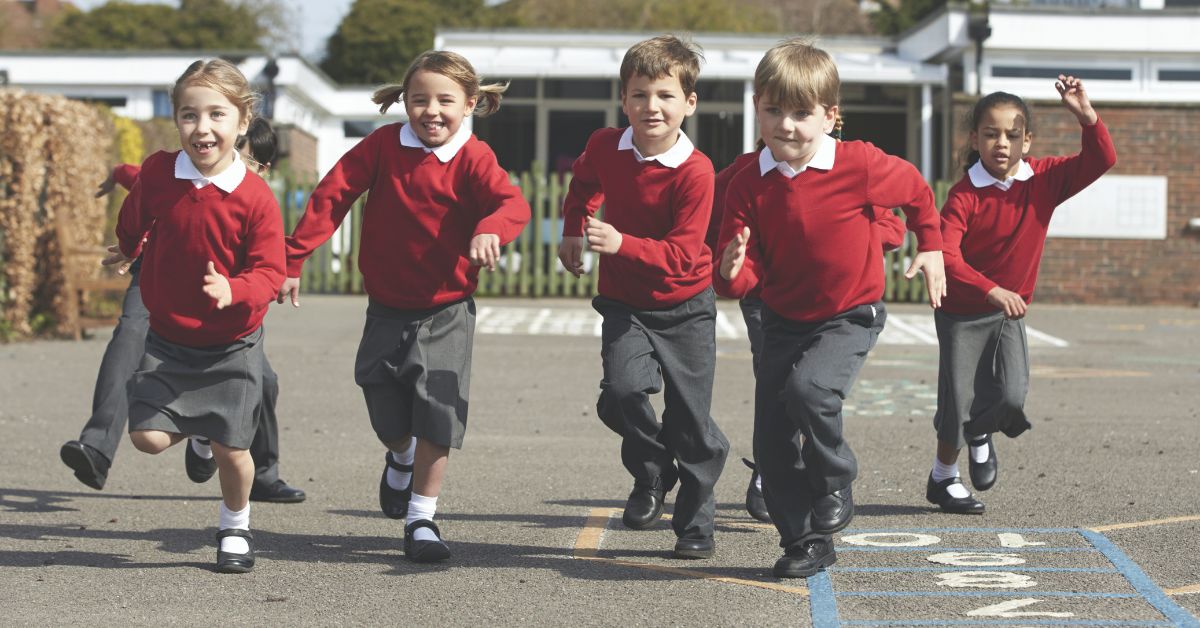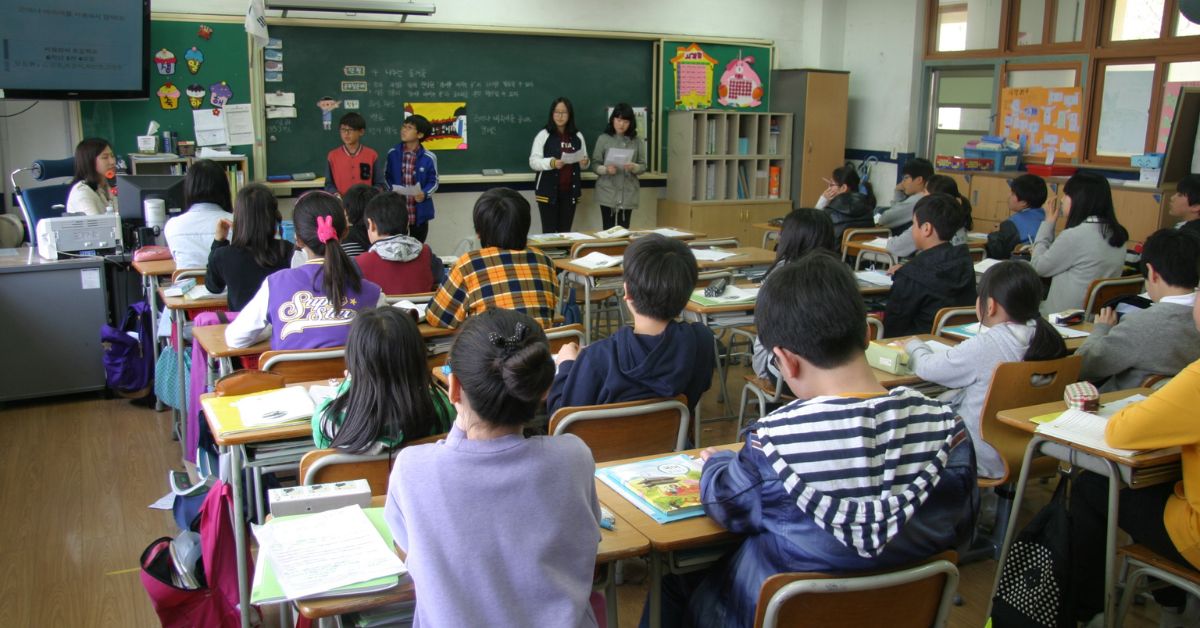In a world where bigger often means better, Vermont’s small schools are flipping the script. Nestled in rural towns, mountain valleys, and tight-knit communities, these schools may not have large student bodies or massive budgets—but they’re leading the way in innovation, connection, and impact.
From personalized learning to climate action, Vermont’s small schools are doing big things—and they might just hold the key to the future of education.
Small Size, Big Connections
One of the most powerful things about Vermont’s small schools is how deeply connected they are to students, families, and the community.
With fewer students per classroom, teachers can really know their learners. They can spot when someone is struggling. They can tailor lessons to individual interests. And they can build relationships that last far beyond a single school year.
In a small school, a student is never “just a number.” They’re part of a team, a story, a family.
“In big schools, it’s easy to get lost. Here, we all look out for each other,” said one student from a small K-8 school in central Vermont.
Innovation Grows in Small Places
Because small schools don’t have layers of bureaucracy, they can move faster when trying new ideas. Whether it’s testing out a nature-based curriculum or launching a school-wide sustainability project, change can happen quickly—and with strong community support.
In fact, many of Vermont’s small schools are leading the way on new educational approaches like:
- Personalized learning plans (PLPs)
- Outdoor and place-based education
- Community partnerships
- Project-based learning
- Multi-age classrooms
These aren’t just educational buzzwords—they’re real strategies being used every day to help students thrive.
Example: A small school in the Northeast Kingdom turned a nearby forest into a living classroom. Students learn math by measuring trees, science by tracking animal signs, and writing by keeping forest journals.
Community at the Heart
Vermont’s small schools are often the heart of their communities. They host events, build bridges across generations, and serve as gathering spaces in towns that might not have many other public places.
This sense of connection has big benefits:
- Families feel more invested in the school
- Students see how their learning affects the real world
- Schools can easily tap into local knowledge and history
- Elders, farmers, artists, and business owners all play a role in education
In many cases, the school doesn’t just teach about community—it is the community.
Creative Solutions with Limited Resources
Let’s be honest—small schools often face real challenges. Budgets are tight. Staffing can be tricky. Resources can be limited. But these schools are also incredibly resourceful.
They form collaborative networks with nearby schools. They share teachers or specialists. They apply for grants. And they lean into creativity and flexibility to make every dollar—and every minute—count.
For example, some small Vermont schools have:
- Used town trails and forests instead of needing expensive gym equipment
- Invited local experts in to teach art, music, or language
- Created mentorship programs where older students help younger ones
- Built greenhouses or gardens to support science and food education
When resources are limited, innovation becomes essential—and Vermont’s small schools rise to the challenge.
Students Who Are Seen, Heard, and Empowered
Perhaps the most important thing small schools offer is voice. Students in Vermont’s small schools often have more chances to lead, to share ideas, and to help shape school culture.
They’re:
- Leading morning meetings
- Running service projects
- Helping write school policies
- Presenting work to community groups
This kind of empowerment builds confidence. It shows young people that their ideas matter. And it gives them the tools to be active citizens in their communities and the world.
Why It Matters Now
As schools across the country struggle with issues like disengagement, teacher burnout, and rigid systems, Vermont’s small schools are offering a different story—one rooted in relationship, place, and purpose.
They remind us that:
- Education doesn’t need to be large to be powerful
- Small schools can be test labs for big ideas
- When students are known, they’re more likely to succeed
- Community-centered schools create lifelong learners and leaders
The Big Future of Small Schools
Vermont’s small schools aren’t perfect—but they’re proving that size doesn’t limit impact. In fact, their scale is often what makes innovation possible.
These schools show that when learning is personal, place-based, and connected, amazing things can happen.
In a time when many are asking, “What’s next for education?” Vermont’s small schools might just have the answer.








